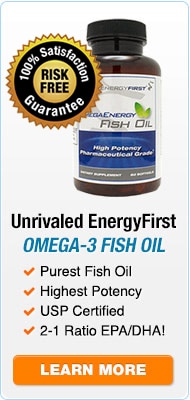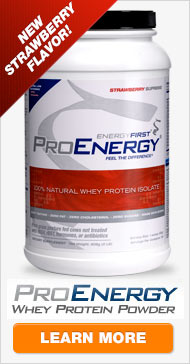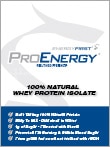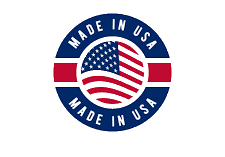We just discussed some of the ways ultraprocessing methods increase hyperpalatability of foods, making them harder to put down and stop overeating.
Just to recap, these hyperpalatable foods combine sugar, fat, sodium, and other additives such as coloring agents, or agents for improving texture (gelling, bulking, emulsifying agents, etc) to create an instantly intense flavor. The goal is to trump the more natural, subtle flavors of unprocessed or minimally processed foods. It's a flavor and texture combination designed to hack our brains and saturate our taste buds.
It makes sense if we simply break down the word. Hyper (excessive) and palatable (appetizing) means the food is excessively appetizing. Need we say borderline addictive?
Our bodies are equipped with an amazing mechanism to help control how much we eat. It is called SSS - Sensory Specific Satiety. This mechanism temporarily and gradually decreases the amount of pleasure we get from a food as we take more bites of it.
One researcher reports that hyperpalatable foods weaken this wonderful mechanism we have to prevent overeating. 1
What can we do to wean off hyperpalatable foods?
For starters, everytime you identify an ultraprocessed food, before selecting it, reflect on the fact that experts were hired and funds were invested in designing that food, manufacturing that food, altering that food from its natural state to make it a more cost-effective and convenient product for you. Very little, if any, consideration is given to its nutritional benefit.
Avoid emotional eating, eating for emotional reasons (negative, positive, or neutral emotions) rather than for physical hunger. Convenient, ready-to-eat, ultraprocessed foods are the popular go-to for emotional eating.
Reduce easy access to hyperpalatable foods in your home, car, or office space. It's easier to say no to them at the store than at home.
Make your homemade meals using minimally processed or unprocessed foods. To increase palatability in a more reasonable way, ensure your meals and snacks have at least three colors, three flavors, and three textures to make it more appealing to all senses. For example, top a creamy Greek yogurt with brightly colored juicy berries and some crunchy oven-roasted walnuts.
References
1. Fazzino, T. L., Rohde, K., & Sullivan, D. K. (2019, November 5). Hyper‐Palatable Foods: Development of a Quantitative Definition and Application to the US Food System Database. Wiley Online Library. https://onlinelibrary.wiley.com/doi/full/10.1002/oby.22639

























